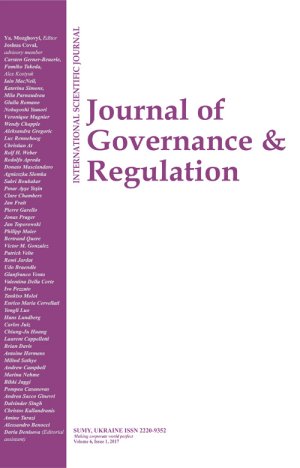
Corporate brand extensions based on the purchase likelihood: governance implications
Download This Article
This work is licensed under a Creative Commons Attribution-NonCommercial 4.0 International License.
Abstract
This paper is examining the purchase likelihood of hypothetical service brand extensions from product companies focusing on consumer electronics based on sector categorization and perceptions of fit between the existing product category and image of the company. Prior research has recognized that levels of brand knowledge eases the transference of associations and affect to the new products. Similarity to the existing products of the parent company and perceived image also influence the success of brand extensions. However, sector categorization may interfere with this relationship. The purpose of this study is to examine Greek consumers’ attitudes towards hypothetical brand extensions, and how these are affected by consumers’ existing knowledge about the brand, sector categorization and perceptions of image and category fit of cross-sector extensions. This aim is examined in the context of technological categories, where less-known companies exhibited significance in purchase likelihood, and contradictory with the existing literature, service companies did not perform as positively as expected. Additional insights to the existing literature about sector categorization are provided. The effect of both image and category fit is also examined and predictions regarding the effect of each are made.
Keywords: Brand Extensions, Purchase Likelihood, Extension Attitude, Brand Knowledge, Greece
JEL Classification: M31, G3, D12
Received: 01.03.2018
Accepted: 21.04.2018
Published online: 23.03.2018
How to cite this paper: Goumas, S., Charamis, D., Maroukla, E., Garefalakis, A. (2018). Corporate brand extensions based on the purchase likelihood: governance implications. Journal of Governance & Regulation, 7(1), 64-75. https://doi.org/10.22495/jgr_v7_i1_p5



















